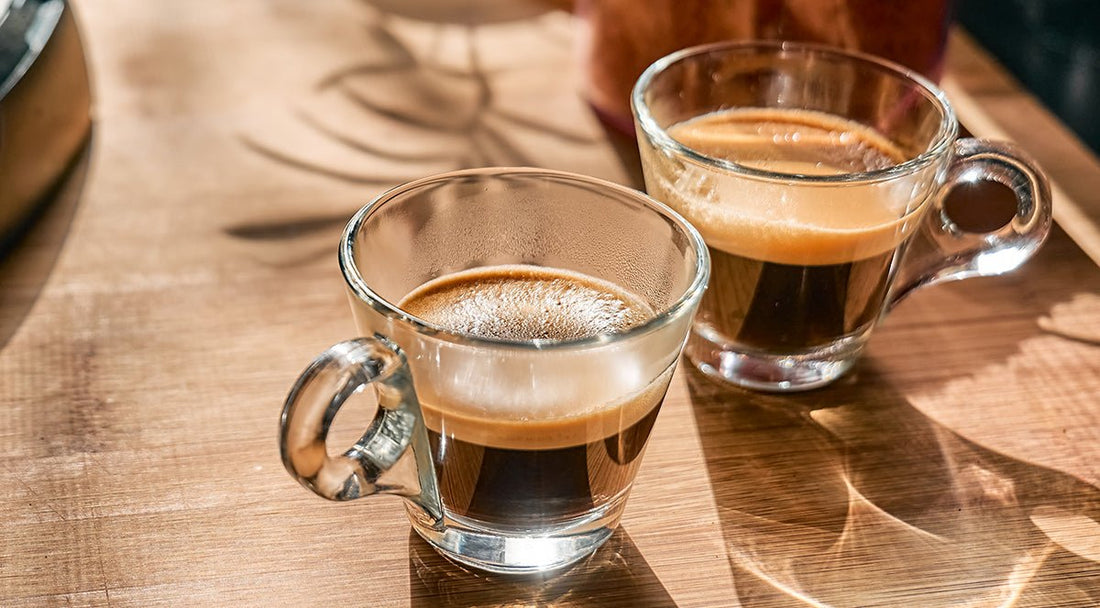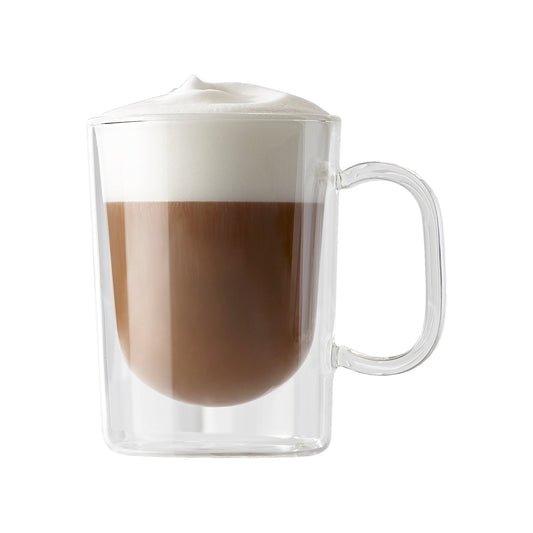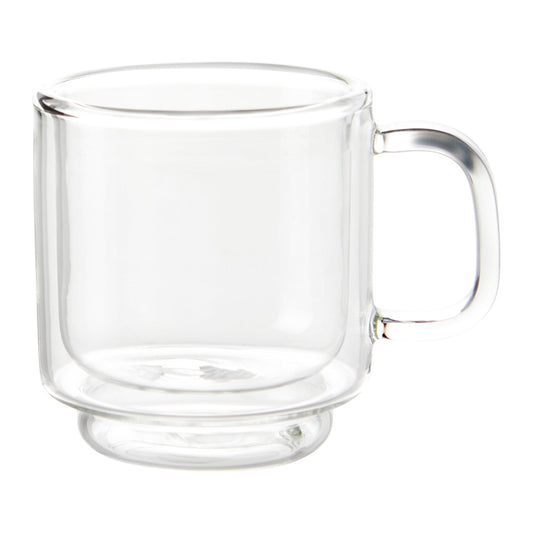Espresso - Find out how much caffeine you're drinking

Decoding Caffeine Concentration: Espresso vs. Regular Coffee
Coffee, the beloved elixir of the morning, has captivated our taste buds and provided a much-needed dose of energy for centuries. With the rise of specialty coffee culture, debates about caffeine content and its effects have become commonplace. In this article, we will delve into the caffeine concentration of espresso compared to regular coffee, backed by real-world examples.
Espresso: The Tiny Powerhouse
Espresso, the essence of coffee in a concentrated form, is created by forcing hot water through finely ground coffee beans at high pressure. The result is a velvety, bold, and aromatic shot that serves as the foundation for various coffee beverages. However, some misconceptions exist about its caffeine content.
On average, a single 1-ounce (30 ml) shot of espresso contains approximately 63 milligrams of caffeine. This might seem like a lot at first glance, but considering the small serving size, the actual caffeine content per ounce is relatively low compared to regular coffee.
Real-World Example: Starbucks Espresso Shot
To better understand the caffeine concentration in espresso, let's examine a real-world example: Starbucks Espresso Shot. A single shot of Starbucks Espresso contains approximately 75 milligrams of caffeine. This aligns with the general range of caffeine content for a 1-ounce shot of espresso.
Regular Coffee: The Familiar Friend
Regular coffee, on the other hand, refers to the standard brewed coffee that we often enjoy in larger cups or mugs. It is typically made by steeping ground coffee beans in hot water for a few minutes, resulting in a more diluted beverage compared to espresso.
Real-World Example: Starbucks Pike Place Roast
For a comparison, let's take a look at Starbucks Pike Place Roast, which is one of their popular brewed coffee options. A standard 8-ounce (240 ml) cup of Pike Place Roast contains approximately 155 milligrams of caffeine.
Espresso vs. Regular Coffee: The Showdown
When comparing the caffeine content of espresso and regular coffee, it becomes clear that the concentration of caffeine in espresso is higher per ounce than in regular coffee. However, the serving sizes of these beverages are vastly different.
If you were to consume an 8-ounce (240 ml) cup of espresso, the caffeine content would be approximately 504 milligrams, which is significantly higher than a standard 8-ounce cup of regular coffee.
Factors Affecting Caffeine Content
It's essential to recognize that the actual caffeine content in both espresso and regular coffee can vary based on several factors:
-
Coffee Beans: Different coffee bean varieties and roasts have varying caffeine levels.
-
Brewing Time: The longer the brewing time, the higher the caffeine extraction.
-
Serving Size: Caffeine content is directly proportional to the serving size of the beverage.
While espresso boasts a higher caffeine concentration per ounce than regular coffee, its small serving size means that a single shot of espresso contains less caffeine than a standard cup of brewed coffee. So, when deciding between espresso and regular coffee, consider both the caffeine content and the desired taste experience. Whether you prefer the bold and concentrated profile of espresso or the comforting, aromatic essence of a larger cup of brewed coffee, coffee remains a beloved beverage that can be enjoyed in various delightful forms. As with any caffeinated beverage, moderation is key, so savor your coffee moments and embrace the rich diversity of the coffee world.




















